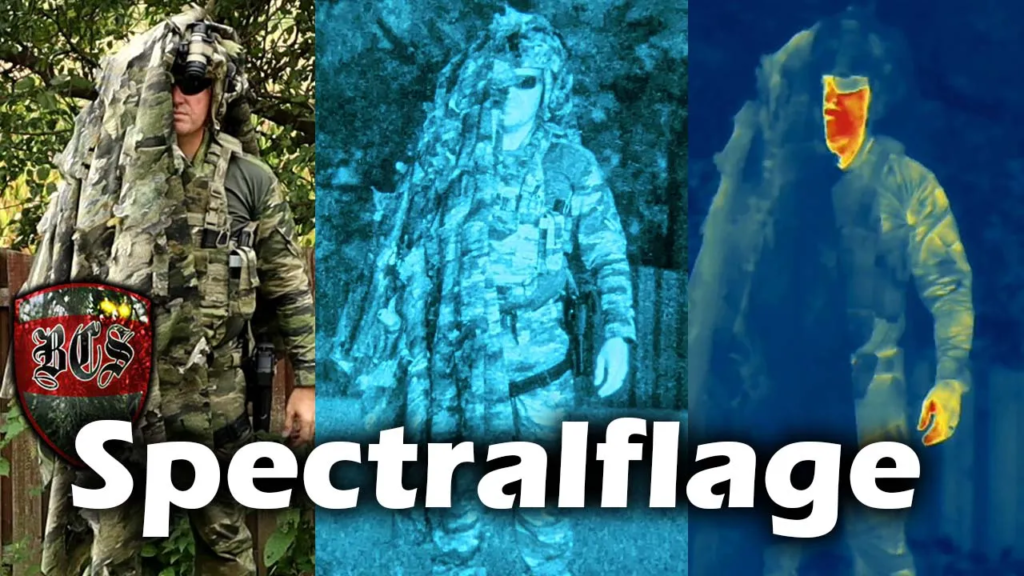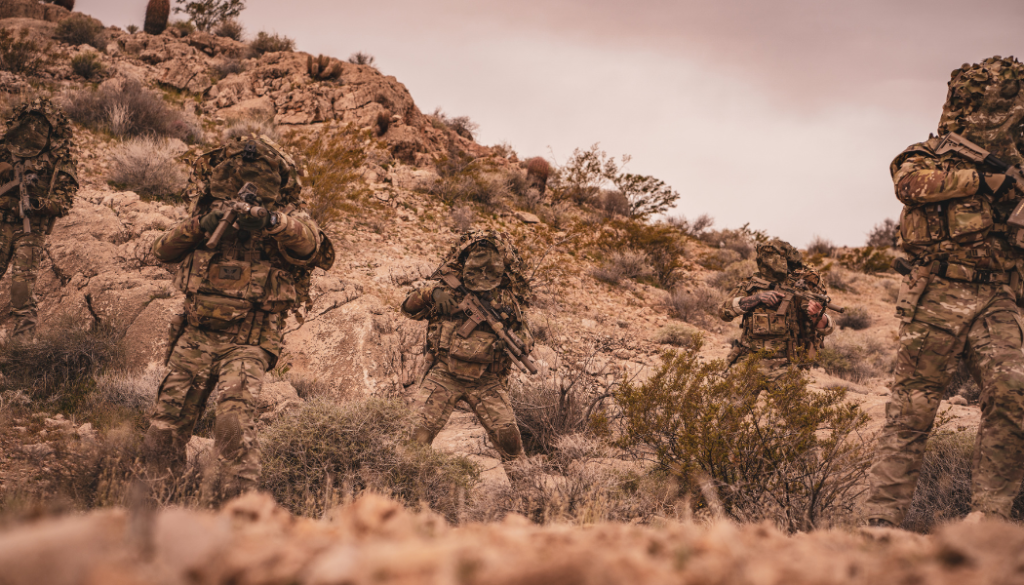Originally devised for hunting, ghillie suits have evolved significantly over time. From their beginnings as bundles of natural foliage to today’s advanced designs incorporating modern technology, ghillie camouflage remains a vital tool for signature management.
The Origins of Ghillie Camouflage:
The term “ghillie” originates from the Scottish Gaelic word “gille,” meaning servant or attendant. Ghillies were gamekeepers and guides in the Scottish Highlands, renowned for their expertise in stealth and camouflage while hunting. They developed the first ghillie suits by binding natural materials like twigs, branches, and grass to their clothing, effectively breaking up their silhouette and blending into their surroundings.
Military Adoption:
The effectiveness of ghillie camouflage in hunting soon caught the attention of military strategists. During World War I, snipers began using improvised ghillie suits to conceal themselves in the battlefield. These early versions were rudimentary, often consisting of burlap sacks or blankets adorned with local vegetation.
World War II saw further experimentation with ghillie suits, as snipers sought more effective ways to remain hidden in diverse environments. Improvements were made in materials and construction techniques, but ghillie suits remained largely handmade and labor-intensive.
Beyond the World War II era brought significant advancements in materials as well as the manufacturing processes, leading to the development of more sophisticated ghillie camouflage. Synthetic fibers such as nylon and polyester replaced natural materials, offering greater durability, weather resistance, and ease of maintenance.
Advancements in textile technology enabled the integration of camouflage patterns directly into the fabric, eliminating the need for attaching external foliage. This innovation resulted in lighter, more streamlined ghillie suits that provided effective concealment without sacrificing mobility or comfort.

Incorporation of Technology:
Recently, ghillie camouflage has seen further evolution with the integration of modern technology. Specialized fabrics with infrared (IR) and thermal-reflective properties have been developed to enhance concealment against advanced surveillance techniques used in modern warfare.
Some ghillie suits now feature modular designs, allowing users to attach or remove camouflage elements based on specific environmental conditions. This adaptability ensures optimal concealment across a range of terrain types, from dense forests to arid deserts.

The Future of Ghillie Camouflage:
As military and law enforcement agencies continue to prioritize stealth and concealment in their operations, the evolution of ghillie camouflage is likely to persist. Advances in materials that help reduce thermal signature in conjunction with total control over signature management may lead to even more sophisticated ghillie suits capable of providing unparalleled concealment and protection.
From its origins in the Scottish Highlands to its role on the modern battlefield, ghillie camouflage has undergone a remarkable evolution driven by necessity and innovation. While the basic principles of concealment remain unchanged, advancements in materials and technology have transformed ghillie suits into highly effective tools for blending into any environment. As warfare continues to evolve, so too will the methods of concealment, ensuring that ghillie camouflage remains an indispensable asset for those who rely on stealth and surprise in their operations.
